 |
|||||||||||||||
STORY LINK: "Aliens of the Deep" on Space.com |
||
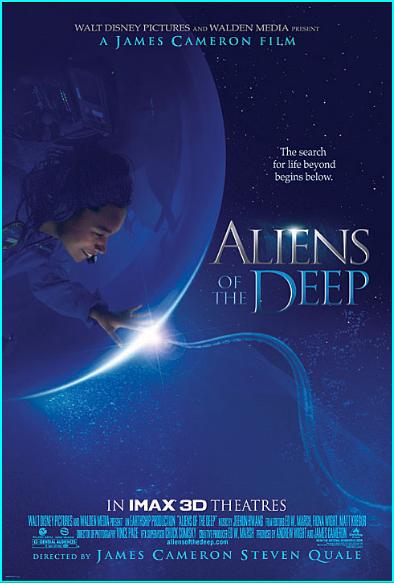 |
|||||||||||||||||||||
"Aliens of the Deep" A New IMAX movie compares deep-ocean exploration to our search for life in space by Michelle Evans, August 2005
It is not often when a science documentary can play as an adventure film. Of course, with someone like director James Cameron at the helm, you expect the best, and in the case of his new IMAX 3D film, “Aliens of the Deep,” he delivers.
With a title like that, you have to wonder if it is science or science fiction. When you watch the movie unfold, you still have to wonder. Cameron has taken us into the deep ocean previously for IMAX in “Ghosts of the Abyss,” however, “Aliens of the Deep” may permanently blur the line between reality and speculation. His idea was to make dives to places like the mid-Atlantic trench where bizarre creatures inhabit the scalding and toxic environments surrounding black smokers.
These black smokers are vents in the Earth’s crust where it is nearly impossible for true volcanism to occur because of the pressure found miles under the ocean’s surface. These vents form, releasing their noxious by-products into the surrounding water. Common sense tells us that nothing could live here, yet we found that life actually flourishes under these conditions. In fact, it may be places like these deep-ocean incubators where life first found a foothold billions of years ago on Earth.
We’ve always known that life probably originated in the oceans, we just never imagined until recently how deep it occurred and under what circumstances.
The discovery of these amazing and extreme environments on Earth as an abode for life has led planetary scientists and biologists from places like NASA’s Jet Propulsion Laboratory to believe that other spots such as this may also harbor life elsewhere in our own solar system. The prime example is the vast ocean that exists under the ice of Jupiter’s moon, Europa. Callisto and Ganymede may also have these sub-ice oceans, but none are as close to the surface, and thus as accessible to human exploration, as the Europan ocean.
Cameron’s film takes us all on an incredible journey to study these real-life environments on Earth, and on a wild ride of exploration that may happen in the not-too-distant future when we extend our reach to search for life elsewhere. He enlists the expertise of many scientists, astrobiologists, geophysicists, chemists, and oceanographers.
“Aliens of the Deep” features scientists as heroes in the quest for knowledge. One of these, Dijanna Figueroa, is a marine biologist specializing in the physiology and ecology of organisms in extreme conditions such as the deep ocean. She told us, “I’m glad this movie features scientists in the spotlight. Not many scientists get to do this sort of thing. I feel very honored, and if I can inspire just one person, then that means a lot to me. We need to get young kids excited about science.”
When asked if there were any surprises during her submersible dives, she said, “There’s always something that I’ve personally never seen before, so there was awe in every single dive. I hope that comes through in the film. I’ve gone to the bottom of the ocean many times, yet every time it is a special moment.”
Loretta Hidalgo, a biologist from Stanford, is well known to those of us in the Orange County Space Society as the cofounder of Yuri’s Night with National Space Society Executive Director George Whitesides. She participated in several dives during the making of the film, including an historic first where four manned submersibles were on the bottom at the same time. We get to see her excitement during these dives, as well as her playfulness when she waves at the camera on a robotic rover that scoots up to her bubble cockpit for a look.
James Cameron once stated that the use of technology teeters us between human salvation and human destruction. As a director, where does he draw that line?
“I don’t think you can draw the line,” he said. “That line is up to us collectively to draw by the decisions we make. Understand that with technology we will either save ourselves or we won’t. Look at all the bad things in the world. Almost all of them have a technological origin, except for the recent tsunami. Even so, science can help us understand that better and save lives by being able to create a warning system. We’re out making a film at these underwater volcano sites where you have all this tectonic activity and the more we learn about how that stuff works, the more we can predict when they will happen again.”
Several years ago, he started working on a feature film about a possible first expedition to Mars. So far that film remains unmade. When I asked him about it, Cameron said that the time was not yet right, but he expects it to happen in the next three to four years. He wants to make sure it will truly have an impact on our future goals in space. However, he has started development of specialized equipment needed to film that project, such as high-quality cameras that can work in very tight spaces and extreme environments. Those Mars-project cameras were used to film “Aliens of the Deep.”
This movie will take you places you never even imagined existed, and yet they are right here on our home planet. It is a movie that draws together science and Hollywood in a way that is accessible to all.
Teri Hatcher [“Lois and Clark” and “Desperate Housewives”] joined us at the premiere at Universal CityWalk. She even brought her young daughter. ”We don’t go to too many movies because I’m a pretty conservative mother,” she said, “but this one seemed like a good one that we could watch together. I think we need more things like this movie.”
Cameron agrees. “As a parent, I’m happy to be doing my part to bring something to the educational community that they can use to get kids excited about science and technology, and just about the wonder of the world. Kids now don’t generally have a sense of wonder, certainly not the way I remember having it back in the 1960s, back when Jacques Cousteau was on television and we were sending guys to the Moon. It just seemed like everything was amazing. As a society, science isn’t so hip anymore, So I want to bring that back. That’s the goal for this film.”
The expedition that Cameron mounted to film this project is the precursor to our expeditions to the outer planets and beyond. Dijanna explained, “I think we cannot effectively search for life somewhere else if we haven’t learned how to do it well here first.”
“Jim is an amazing guy,” Dijanna continued. “He has an extreme passion for this planet and for exploration and for science. I’m so happy that we have him to put together things like this and to be able to share that passion. The whole expedition inspired me. I really think that kids should come out and see this, because it’s not your average documentary about science. It does a really good job about getting people to realize that we, as scientists, are excited about what we do. We had a great time, and I hope the audience has a great time.”
The human species is hard-wired to be explorers. Any time we have denied that trait, we have faltered and stumbled. When we embrace exploration, it brings out the best humanity has to offer. In “Aliens of the Deep,” we can follow the lead that James Cameron has set for us and set our sights on new life and new worlds. XXXX |
|||||||||||||||||||||
 |
|||||||||||||||||||||
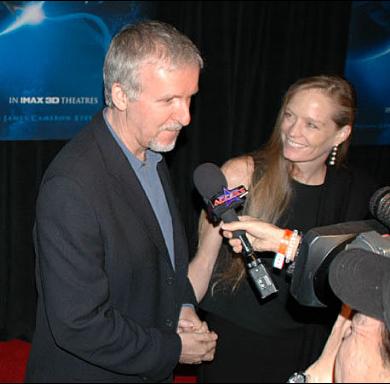 |
|||||||||||||||||||||
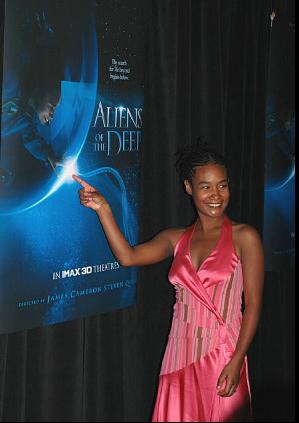 |
|||||||||||||||||||||
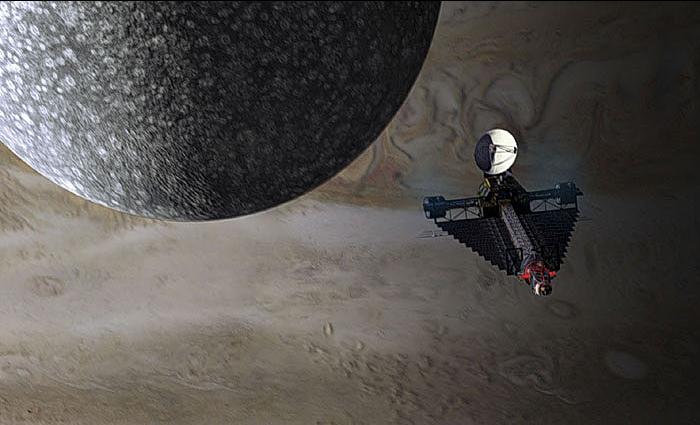 |
|||||||||||||||||||||
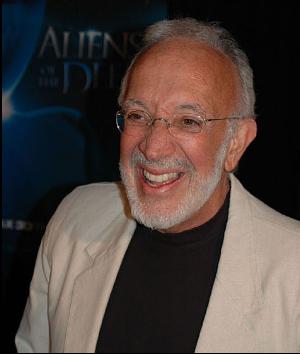 |
|||||||||||||||||||||
 |
|||||||||||||||||||||
 |
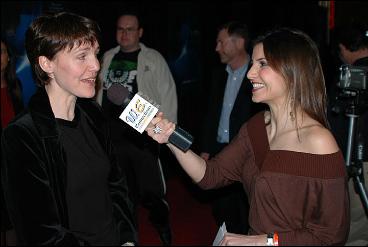 |
||||||||||||||||||||
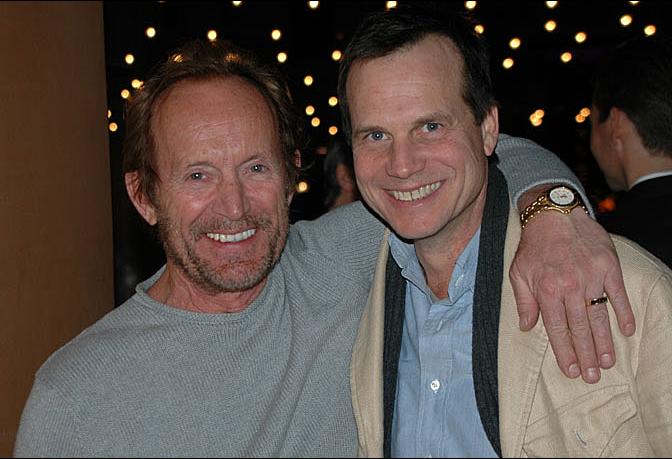 |
||||
Lance Henricksen and Bill Paxton (Wally Schirra from "The Right Stuff" and Fred Haise from "Apollo 13") |
||||